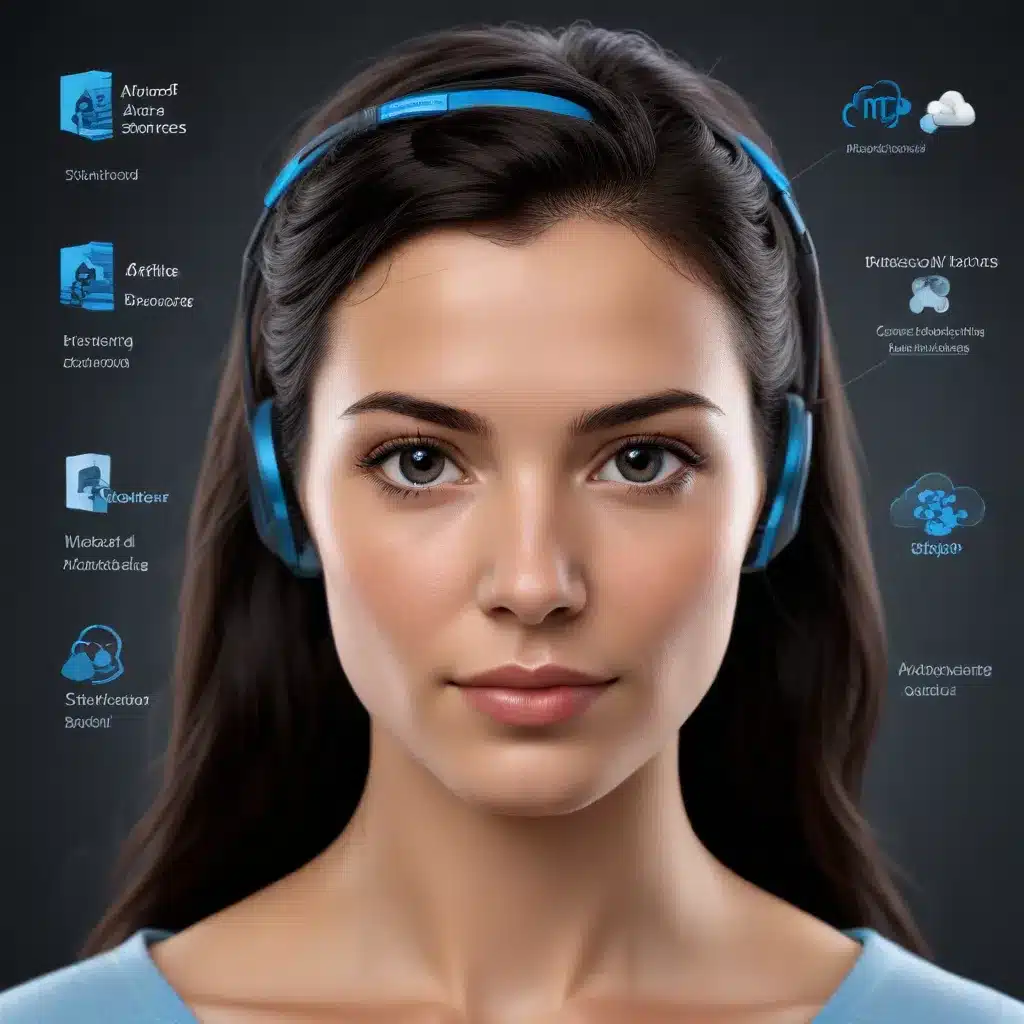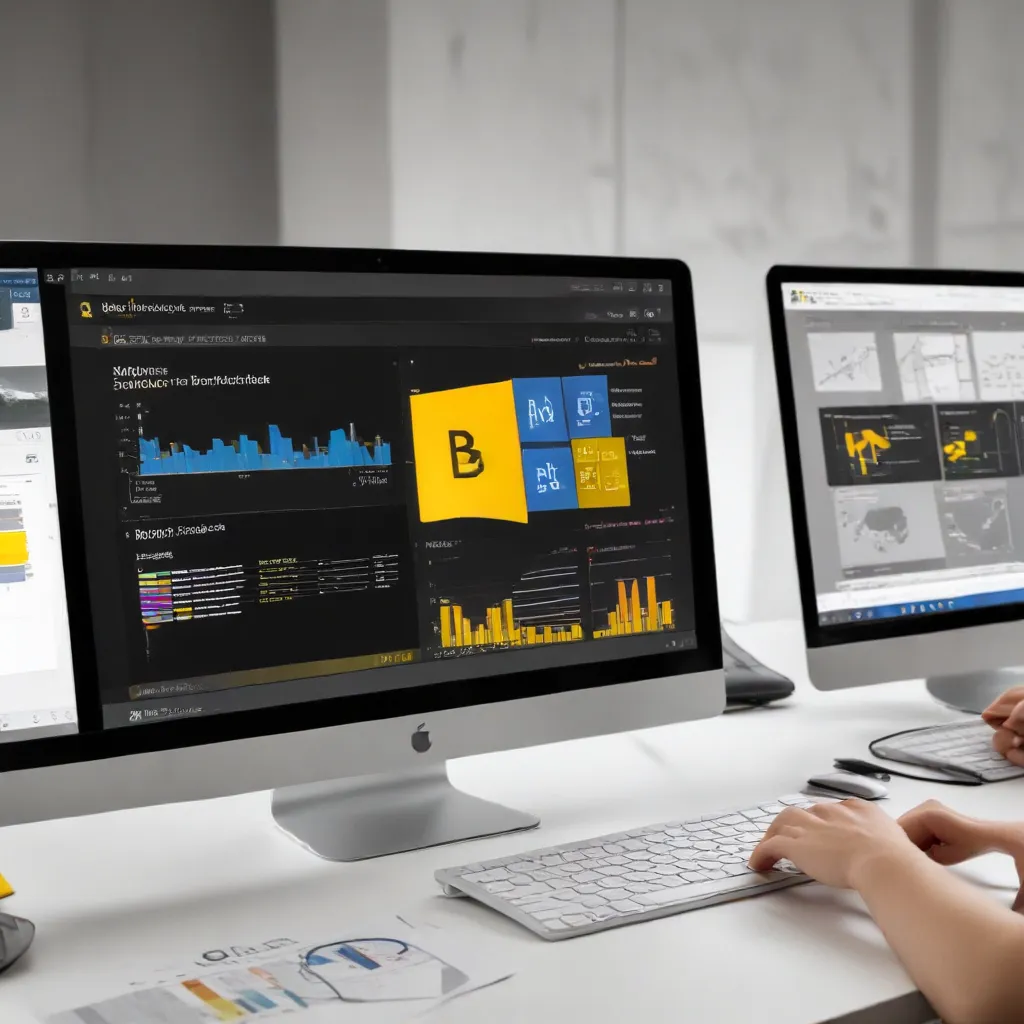
As an experienced IT professional, I’ve encountered countless issues with Bluetooth audio on Windows devices. From static-filled playback to complete audio dropouts, these problems can be incredibly frustrating for users. However, with the right troubleshooting steps and a deeper understanding of Bluetooth technology, these Bluetooth audio woes can be effectively resolved.
In this comprehensive guide, we’ll explore the common causes of Bluetooth audio issues on Windows systems and provide practical solutions to get your audio back on track.
Understand Bluetooth Audio Limitations
Before diving into troubleshooting, it’s important to recognize the inherent limitations of Bluetooth audio. Unlike wired connections, Bluetooth audio relies on a wireless signal, which can be susceptible to interference, distance limitations, and codec compatibility challenges.
Bluetooth audio quality is often not as high as wired connections, and users may experience compression artifacts, latency, or reduced fidelity. Additionally, certain Bluetooth codecs, such as SBC, may not provide the same level of audio quality as more advanced codecs like aptX or LDAC.
Acknowledging these limitations can help set realistic expectations and guide your troubleshooting efforts accordingly.
Optimize Bluetooth Device Connections
One of the primary reasons for Bluetooth audio issues is improper device pairing or connection. Follow these steps to ensure your Bluetooth devices are optimally connected:
-
Pair Devices Correctly: When pairing your Bluetooth headphones, speakers, or other audio devices, make sure to follow the manufacturer’s instructions carefully. Ensure that the devices are in pairing mode and that your Windows system can detect them.
-
Check Bluetooth Connection Settings: In the Windows Settings app, navigate to the Bluetooth & devices section and verify that your Bluetooth audio device is properly connected. Ensure that the audio output is set to the correct Bluetooth device.
-
Prioritize Bluetooth Devices: If you have multiple Bluetooth devices connected to your Windows system, you can prioritize the audio device to ensure it takes precedence. Right-click the Bluetooth icon in the taskbar, select “Open Bluetooth and other device settings,” and then drag and drop your preferred audio device to the top of the list.
-
Update Bluetooth Drivers: Outdated or incompatible Bluetooth drivers can contribute to audio issues. Visit your device manufacturer’s website or use the Windows Update feature to check for and install the latest Bluetooth driver updates.
-
Disable Bluetooth Power Saving: Some Bluetooth devices may enter power-saving mode, which can cause audio disruptions. In the Bluetooth & devices settings, locate the “Allow Bluetooth devices to find this PC” option and ensure it is enabled.
By following these steps, you can optimize the Bluetooth connection and improve the reliability of your audio playback.
Address Bluetooth Codec Compatibility
Bluetooth audio quality is largely determined by the codec used for data transmission. Certain codecs, such as SBC, may not provide the same level of audio fidelity as more advanced codecs like aptX, LDAC, or AAC.
To address codec compatibility issues, consider the following steps:
-
Check Codec Compatibility: Ensure that your Bluetooth audio device and your Windows system support the same Bluetooth audio codecs. You can find this information in the device specifications or by consulting the manufacturer’s documentation.
-
Prioritize Codec Usage: In the Windows Bluetooth & devices settings, you may be able to prioritize the use of specific Bluetooth codecs. This can help ensure that your audio device is using the best available codec for your needs.
-
Disable Bluetooth Audio Enhancements: Windows 10 and 11 include audio enhancements that can sometimes interfere with Bluetooth codec compatibility. Try disabling these enhancements by navigating to the Sound settings, selecting your Bluetooth audio device, and turning off any audio enhancements.
By addressing Bluetooth codec compatibility, you can significantly improve the audio quality and overall experience of your Bluetooth audio devices on your Windows system.
Troubleshoot Bluetooth Audio Dropouts and Interference
Bluetooth audio dropouts and interference can be particularly frustrating, as they can disrupt your listening experience. Here are some steps to address these issues:
-
Check for Bluetooth Interference: Bluetooth signals can be susceptible to interference from other wireless devices, such as Wi-Fi routers, microwaves, or even other Bluetooth devices. Try moving your Bluetooth audio device closer to your Windows system or eliminating potential sources of interference.
-
Optimize Bluetooth Device Placement: Ensure that your Bluetooth audio device is placed in a clear line of sight with your Windows system. Avoid placing the devices behind walls, metal objects, or other physical obstructions that can impede the Bluetooth signal.
-
Disable Other Bluetooth Devices: If you have multiple Bluetooth devices connected to your Windows system, try disconnecting any unused devices to reduce potential interference.
-
Update Bluetooth Firmware: Outdated Bluetooth firmware can contribute to audio dropouts and interference. Check your device manufacturer’s website for any available firmware updates and install them accordingly.
-
Disable Bluetooth Automatic Reconnection: Some Windows settings may be set to automatically reconnect Bluetooth devices, which can cause issues with audio stability. In the Bluetooth & devices settings, locate the “Automatically connect this device” option and disable it.
By addressing these potential causes of Bluetooth audio dropouts and interference, you can significantly improve the reliability and consistency of your Bluetooth audio experience.
Explore Advanced Troubleshooting Techniques
If the previous steps don’t resolve your Bluetooth audio issues, you may need to delve into more advanced troubleshooting techniques:
-
Reset Bluetooth Devices: In some cases, a complete reset of your Bluetooth audio device and your Windows system’s Bluetooth settings can help resolve persistent issues. Consult your device manufacturer’s instructions for resetting the Bluetooth device, and then follow the Windows Bluetooth settings reset process.
-
Check for Bluetooth Software Conflicts: Certain third-party Bluetooth software or drivers may be interfering with the native Windows Bluetooth functionality. Uninstall any non-essential Bluetooth software and see if that resolves the issue.
-
Perform a Clean Windows Installation: As a last resort, consider performing a clean installation of Windows to eliminate any underlying system-level issues that may be causing the Bluetooth audio problems. This should be done with caution and after exhausting all other troubleshooting options.
Remember, if you’re still experiencing issues after trying these advanced troubleshooting steps, it’s always a good idea to consult with a qualified IT professional or reach out to the device manufacturer’s support team for further assistance.
Conclusion
Bluetooth audio issues can be frustrating, but with the right troubleshooting approach and a solid understanding of Bluetooth technology, you can effectively resolve these problems on your Windows system. By optimizing device connections, addressing codec compatibility, and exploring advanced troubleshooting techniques, you can enjoy a seamless and high-quality Bluetooth audio experience.
If you found this article helpful, be sure to visit https://itfix.org.uk/ for more informative content on technology, computer repair, and IT solutions.












